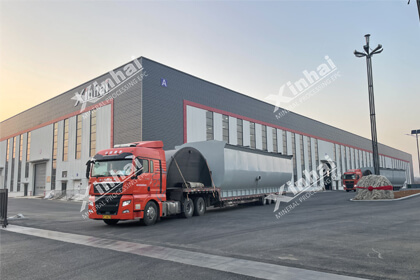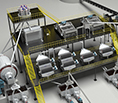Nickel Mining Process: From Ore to Refined Metal
 Sheena
Sheena
 Jun 17, 2025
Jun 17, 2025
 1533
1533
If you want to know more details about equipment, solutions, etc, please click the button below for free consultation, or leave your requirements!
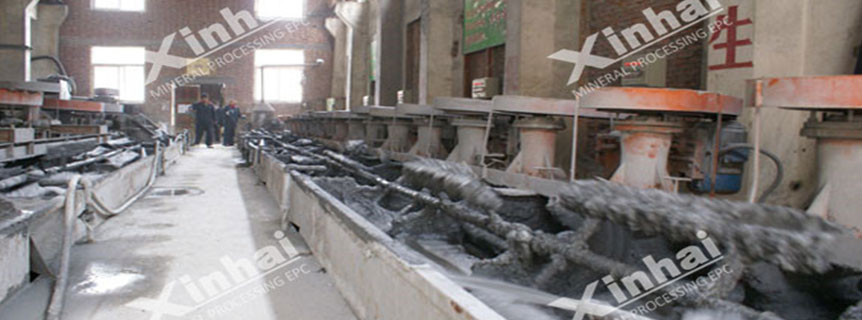
Nickel-ore-flotation
This article provides a comprehensive overview of the nickel mining process, including types of nickel ores, extraction methods, beneficiation techniques, and environmental considerations.
01 Types of Nickel Ore: Laterite vs Sulfide
BackThe nickel mining process begins with identifying the right type of ore. Nickel occurs primarily in two ore types:
A. Sulfide Ores
Typically found deep underground
Rich in nickel, copper, and often cobalt
Easier to process with traditional smelting techniques
Major deposits: Sudbury Basin (Canada), Norilsk (Russia), and Voisey’s Bay (Canada)
B. Laterite Ores
Found near the surface, formed in tropical climates
Comprise limonite (iron-rich) and saprolite (silicate-rich) layers
Require more energy-intensive processing
Major deposits: Indonesia, Philippines, New Caledonia
Key difference: Sulfide ores are preferred for high-grade applications, while laterite ores dominate global reserves due to abundance.
02 Nickel Mining Techniques
BackDepending on the ore type and deposit depth, mining operations use either underground or open-pit mining.
A. Open-Pit Mining (Laterite)
Large-scale surface excavation
Cheaper and faster for shallow laterite ore bodies
Typically used in Indonesia, the Philippines, and Australia
B. Underground Mining (Sulfide)
Room-and-pillar or block caving methods
Used for deeper sulfide ores
Higher initial investment, but cleaner ore and less surface disruption
Modern mines also use automated drilling, GPS-controlled trucks, and remote monitoring systems to improve efficiency and safety.
03 Nickel Ore Beneficiation Process
BackAfter mining, raw ore must be processed to increase nickel concentration and remove impurities. The beneficiation stage differs for sulfide and laterite ores.
A. Sulfide Ore Beneficiation
Crushing & Grinding: Break ore into smaller particles
Froth Flotation: Use chemicals to separate nickel-rich minerals from waste rock
Dewatering: Remove excess water from concentrate
Nickel concentrate from flotation typically contains 10–20% nickel, ready for smelting.
B. Laterite Ore Beneficiation
Laterite ores are more complex and can’t be concentrated by flotation. They follow two main routes:
HPAL (High Pressure Acid Leach)
Pyrometallurgy (Ferronickel/Nickel Pig Iron)
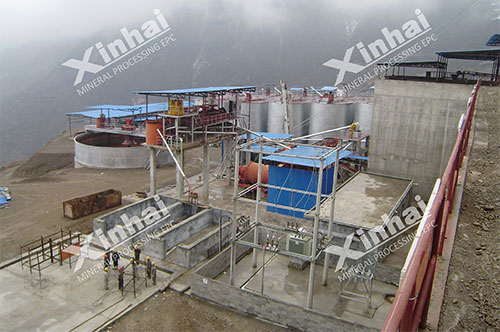
04 Nickel Extraction and Processing
BackThe extracted concentrate or laterite slurry undergoes further processing to isolate pure nickel. Here's how:
A. Processing of Sulfide Nickel Ores
Smelting: Roast and melt concentrate to produce matte (nickel + copper + iron)
Converting: Blow air or oxygen to oxidize iron and sulfur, leaving rich nickel matte
Refining: Use hydrometallurgy (leaching) or electrorefining to produce high-purity nickel metal (up to 99.9%)
This process is cost-effective for high-grade ores and results in valuable by-products such as copper and platinum group metals.
B. Processing of Laterite Nickel Ores
Option 1: High Pressure Acid Leach (HPAL)
Crushed ore mixed with sulfuric acid under high temperature (250°C) and pressure (up to 5 MPa)
Produces mixed hydroxide precipitate (MHP) or mixed sulfide precipitate (MSP) containing nickel and cobalt
Common in battery-grade nickel production
Option 2: Ferronickel/Nickel Pig Iron (NPI) Production
Suitable for saprolite ore
Ore smelted in electric furnaces at high temperature (~1,600°C)
Produces ferronickel, a direct feed for stainless steel production
05Conclusion: Optimizing the Nickel Mining Process for the Future
BackThe nickel mining process is a complex chain of activities that converts earthbound ore into a refined metal critical to modern life. As the world transitions to clean energy, the pressure to mine and process nickel responsibly grows stronger.
Want to learn more about building or investing in a nickel processing plant? Contact our expert team for feasibility studies, equipment sourcing, and EPC services tailored to your project.
 +86 183 3575 8886
+86 183 3575 8886 pinklaurabao@gmail.com
pinklaurabao@gmail.com



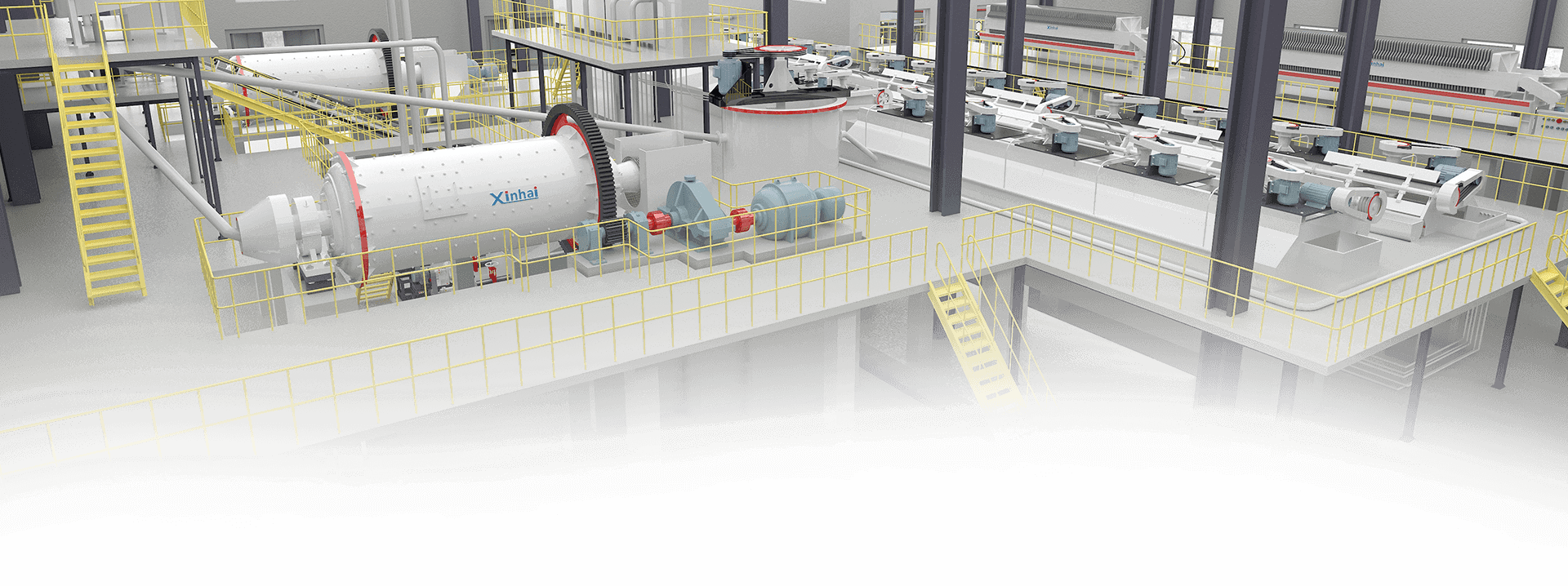
 Message
Message Chat Now
Chat Now


